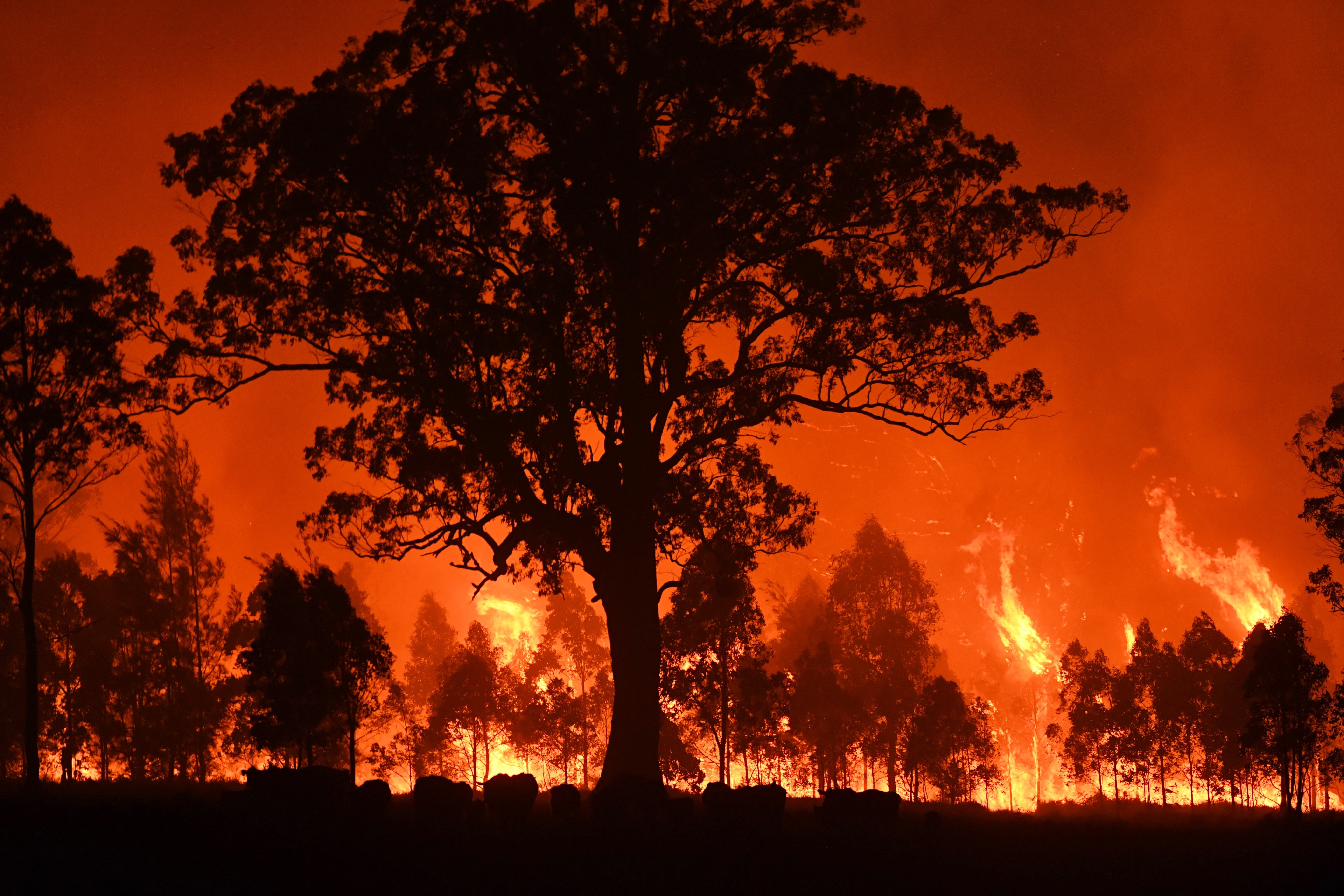Debunking BAL Reports: A Guide to Understanding Your Home's Bushfire Danger
Debunking BAL Reports: A Guide to Understanding Your Home's Bushfire Danger
Blog Article
Ensuring Bush Fire Security Via Correct BAL Record Evaluation
In the realm of bush fire defense, the meticulous evaluation of Bushfire Attack Level (BAL) records stands as a cornerstone for securing residential properties against the disastrous impact of wildfires. With environmental variables and home features playing substantial duties in establishing the level of threat, a detailed understanding of BAL scores comes to be imperative.
Recognizing Bushfire Assault Degree (BAL)
In the realm of bushfire defense, comprehending the Bushfire Assault Degree (BAL) is extremely important for ensuring efficient mitigation methods. BAL is a system made use of to gauge the potential risk a building may face from a bushfire. It thinks about aspects such as the kind of plants, the incline of the land, the Fire Risk Index, and the Fire Intensity Index. Recognizing the BAL ranking of a residential or commercial property is important for residential property proprietors, building contractors, and policymakers to carry out suitable steps to protect against bushfire threats.

Value of BAL Record Evaluation
A crucial facet in bushfire defense preparation entails the thorough analysis of BAL records to analyze the possible threats and figure out proper mitigation techniques. BAL reports give critical details concerning the prospective impact of bushfires on a residential or commercial property based on numerous elements such as vegetation kind, distance to possible fire dangers, and slope of the land. Assessing these records with precision is extremely important in establishing effective bushfire security steps customized to the particular threat profile of a residential or commercial property.
Implementing Fire Security Measures
Applying effective fire defense steps is critical for securing residential or commercial properties in bushfire-prone locations. One of the main means to improve fire defense is by creating defensible area around structures. This includes clearing up flammable plants, such as completely dry leaves and branches, within a specific span of the building. Additionally, mounting fire-resistant roof materials can help in reducing the danger of coal igniting the roof during a bushfire. Appropriately preserved gutters and screens are likewise vital to stop debris buildup that could fuel a fire.
Furthermore, having a adequate and well-maintained water, such as a container or swimming pool, can help firefighters in their efforts to shield the property. It is necessary to have a clear discharge plan in place and to ensure that all homeowners recognize with the procedures. Additionally, having firefighting devices readily offered, such as pipes and fire extinguishers, can help in tackling tiny area fires before they rise. In general, implementing a mix of these fire security measures can significantly boost the chances of safeguarding buildings throughout bushfire events.
Mitigating Dangers in Fire-Prone Locations
To fortify residential properties versus bushfire dangers, a calculated focus on mitigating dangers in fire-prone areas is important. One essential aspect of risk reduction is keeping defensible area around residential properties by removing flammable greenery, ensuring adequate spacing in between structures and trees, and employing fireproof landscape design methods.
Additionally, constructing or retrofitting structures with fireproof materials and ensuring appropriate upkeep of roofs, rain gutters, and outside cladding can considerably enhance the residential property's durability to bushfires. Developing and exercising a bushfire emergency situation plan with all owners, including discharge procedures and interaction methods, is also essential in mitigating dangers effectively. By embracing a proactive technique to risk reduction in fire-prone areas, residential property owners can much better protect their possessions and enhance general bushfire readiness.
Ensuring Home Safety And Security and Resilience
Making certain the safety and security and strength of properties in fire-prone areas requires a steadfast commitment to robust preventive measures and calculated planning. Home security starts with carrying out reliable actions to lower fire threats.
Strength, on the various other hand, entails the capacity of a building to withstand and recover from a bushfire. This can be enhanced via the installation of coal guards on home windows and vents, making sure that entrance points for cinders are reduced. Furthermore, having a well-thought-out evacuation strategy and practicing it on a regular basis can substantially enhance residential or commercial property strength. Teaming up with neighbors and neighborhood fire authorities can additionally boost the security and resilience of residential or commercial properties in fire-prone locations. By proactively dealing with these aspects, property proprietors can better secure their assets and enjoyed ones from the danger of bushfires.
Final Thought
Finally, ensuring bushfire security via proper BAL report analysis is critical for understanding the level of threat posed by bushfires and executing needed fire defense measures. By reducing dangers in fire-prone locations and click to read making certain residential or commercial property security and strength, communities and individuals can better prepare for and reply to bushfire events. It is essential to prioritize fire precaution to shield lives and residential or commercial property in these high-risk atmospheres.
In the realm of bush fire security, the precise analysis of Bushfire wikipedia reference Assault Level (BAL) reports stands as a foundation for guarding homes against the damaging impact of wildfires (BAL Report). Recognizing the BAL rating of a property is important for property owners, policymakers, and builders to execute appropriate actions to secure against bushfire threats

BAL records give crucial information regarding the prospective influence of bushfires on a property based on different aspects such as plants kind, range to possible fire useful content hazards, and slope of the land (BAL Report). In general, carrying out a mix of these fire security actions can dramatically raise the opportunities of guarding properties throughout bushfire occasions
Report this page